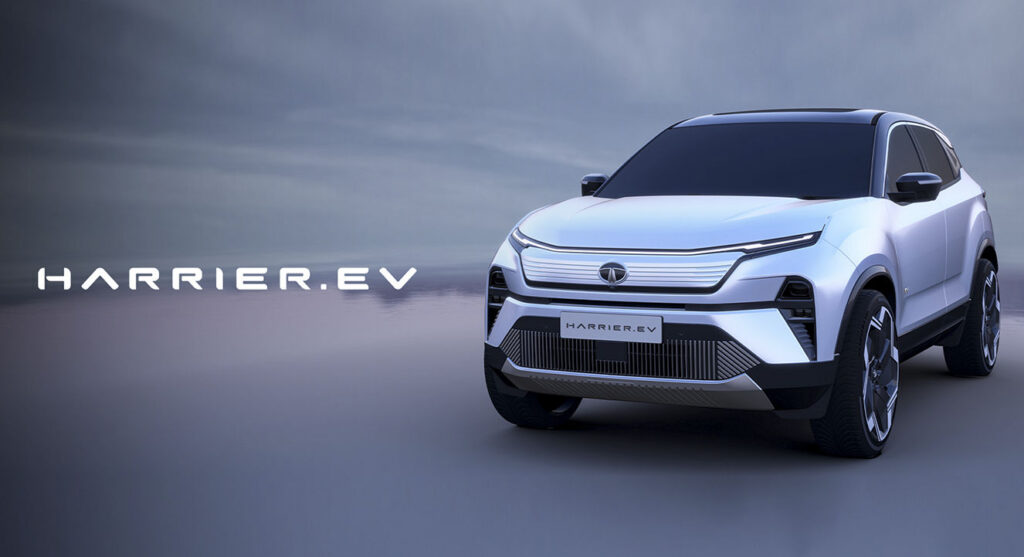The Indian automotive industry is undergoing a transformative shift as electric vehicles (EVs) gain momentum across segments. Among the key players in this transition, Tata Motors stands tall as a pioneer in the mass-market EV revolution. With the success of models like the Nexon EV and Tiago EV, Tata has established a strong foothold in the electric mobility space. Now, with eyes set on the premium SUV segment, Tata Motors is preparing to launch one of its most anticipated EVs – the Tata Harrier EV.
The Harrier EV marks a significant leap in Tata’s EV strategy, not only because it enters the larger and more premium SUV space, but also because it introduces a more advanced electric platform and a new set of features and design philosophies tailored for the future. Based on the company’s Gen 2 EV architecture, the Harrier EV is not just an electrified version of the ICE Harrier, but a thoroughly re-engineered vehicle that promises a blend of performance, luxury, and sustainability.
1. Background and Legacy
The Tata Harrier EV quickly gained popularity in India’s midsize SUV segment thanks to its bold design, solid build quality, and road presence. Built on the OmegaArc platform, derived from Land Rover’s D8 architecture, the Harrier EV was praised for its robust underpinnings and dynamic ride quality. As consumer demand for sustainable options grows, Tata saw an opportunity to electrify this strong platform and cater to environmentally conscious buyers seeking larger, premium electric SUVs.
The Harrier EV concept was first unveiled at Auto Expo 2023, showcasing Tata’s vision for a future-ready electric SUV. Since then, it has generated significant buzz, not only because of its design but also due to its positioning as one of the first truly premium, Indian-made electric SUVs.
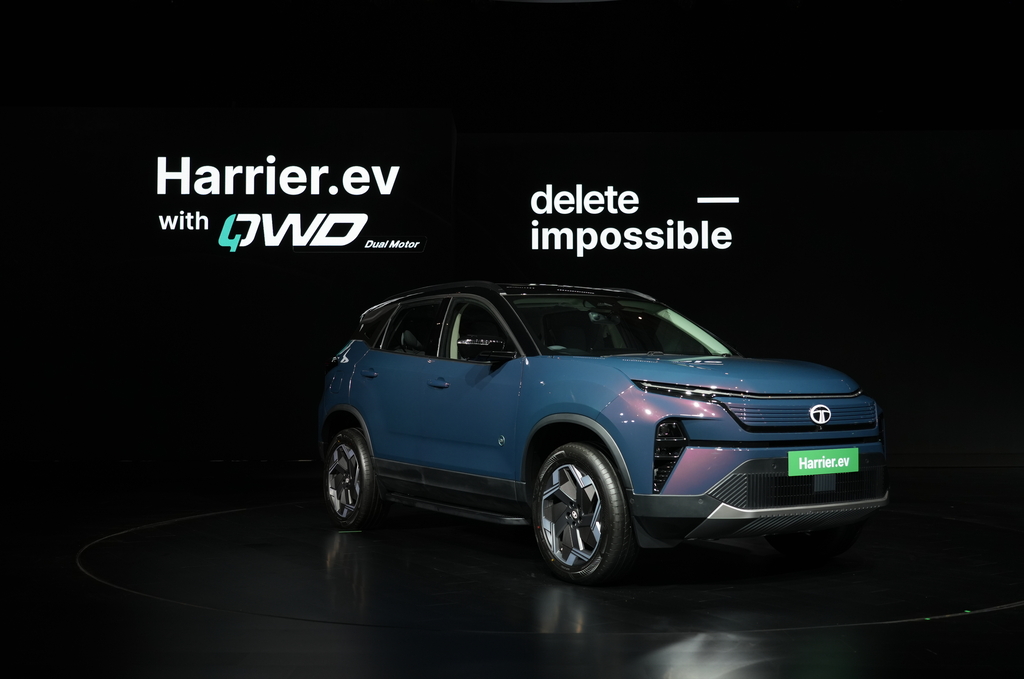
2. Design and Aesthetics
The Harrier EV retains the muscular stance and road-dominating presence of its ICE counterpart but introduces futuristic touches that distinguish it as a next-gen EV. The front fascia features a closed-off grille to enhance aerodynamics, a signature of modern EVs, paired with sleek LED DRLs, giving it a high-tech appearance. The headlamps are neatly integrated into the bumper, while the rear design includes connected LED tail lamps and a more sculpted boot.
The concept showcased unique EV-specific alloy wheels, optimized for lower drag, and body cladding that hints at its SUV capability. The use of subtle blue accents on the exterior signals its electric identity without being overly flashy.
Inside, the cabin is expected to be more premium than the ICE Harrier, with sustainable materials, ambient lighting, a fully digital instrument cluster, and a large touchscreen infotainment system. Tata may also debut a new UI/UX experience for the Harrier EV, aligning with its goal of delivering a tech-forward electric SUV.
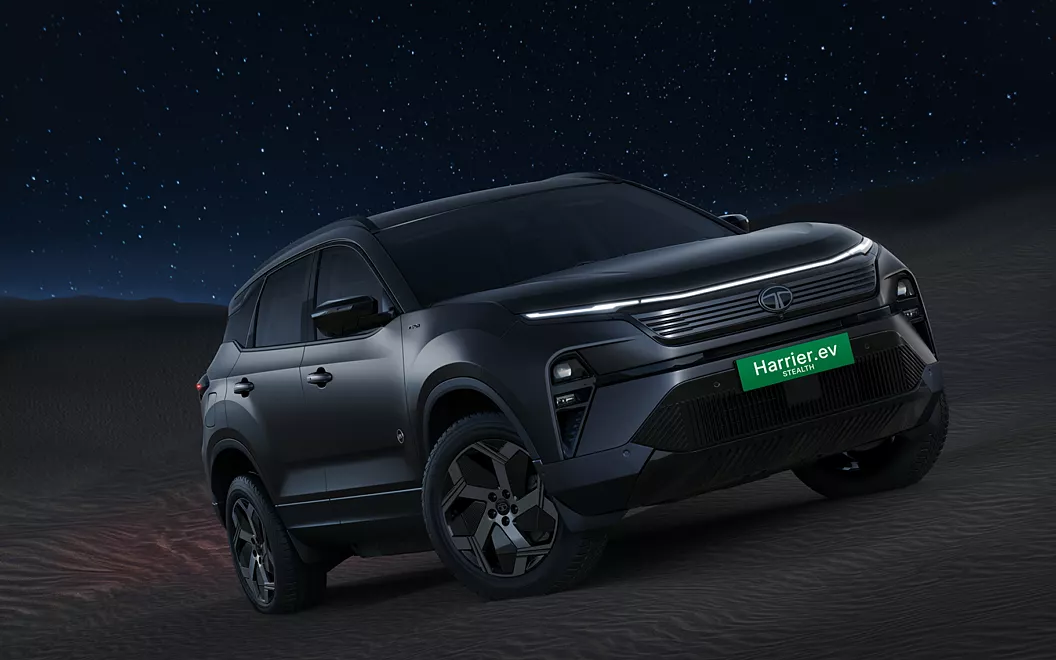
3. Platform and Architecture
The Harrier EV is underpinned by Tata’s Gen 2 EV platform, also referred to as the Sigma architecture. This is a highly modified version of the OmegaArc platform that’s optimized for electric powertrains. Unlike Gen 1 EVs (like the Nexon EV) that adapted ICE platforms for electric usage, the Gen 2 platform is more EV-centric, allowing for:
- Larger battery pack accommodation
- Better weight distribution
- Flat floor for improved cabin space
- Enhanced structural rigidity
- Capability to support dual motors and AWD
This architecture sets the stage for improved driving dynamics, greater range, and more flexibility in configuring high-tech features like Advanced Driver Assistance Systems (ADAS).
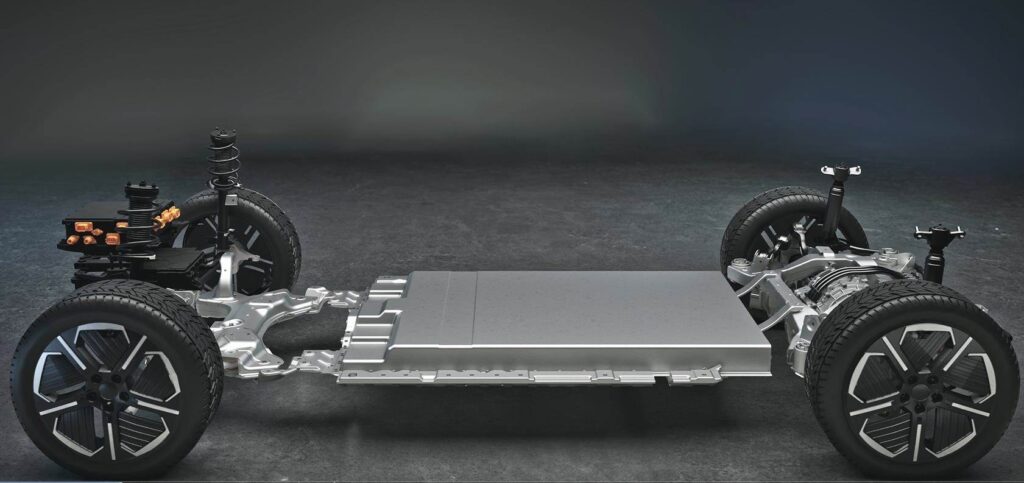
4. Powertrain and Performance (Expected)
Though Tata hasn’t revealed all specifications, here’s what is expected from the production version of the Harrier EV:
- Dual-motor setup with All-Wheel Drive (AWD) capability
- Power output estimated at 200–250 PS
- Battery capacity expected to be in the range of 60 to 70 kWh
- Range of 400–500 km on a single charge (certified), with real-world range closer to 350–450 km
- Fast charging capability, likely supporting up to 150 kW DC fast charging for 0–80% in ~45 minutes
- Multiple driving modes, including Eco, City, and Sport
- Advanced regenerative braking system with adjustable levels
With this setup, the Harrier EV aims to offer performance that rivals or surpasses many ICE SUVs in its segment, while delivering a quiet, smooth, and refined EV driving experience.
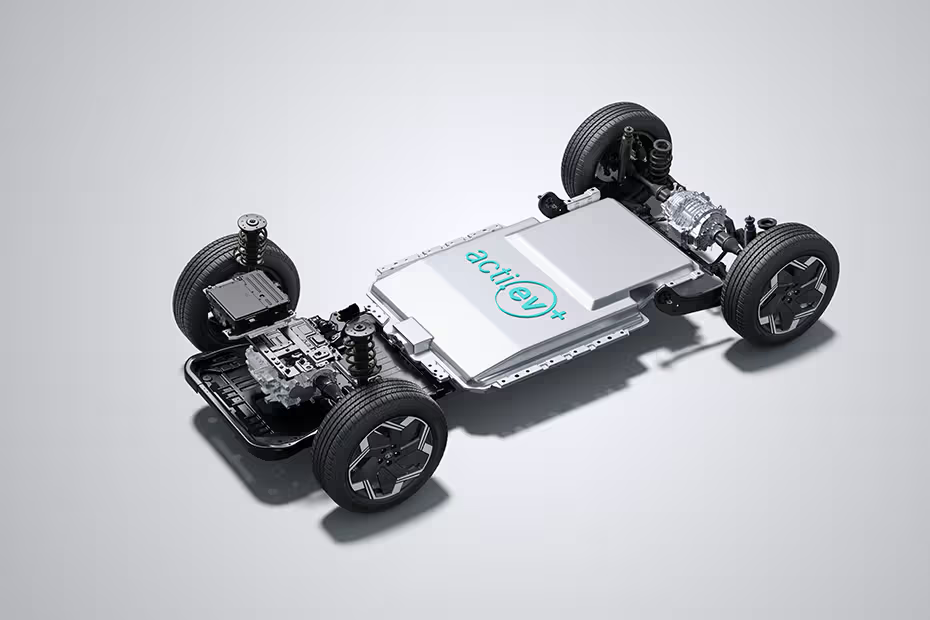
5. Technology and Features
The Harrier EV is expected to be packed with premium features and modern connectivity. Some anticipated highlights include:
- 12.3-inch touchscreen infotainment system with wireless Apple CarPlay and Android Auto
- Fully digital instrument cluster
- iRA 2.0 connected car technology with over-the-air (OTA) updates
- ADAS Level 2 features such as adaptive cruise control, lane-keep assist, emergency braking, and blind spot detection
- 360-degree camera
- Ventilated seats, panoramic sunroof, and premium upholstery
- Wireless charging pad, premium audio system, and ambient lighting
The EV’s electrical architecture may also allow vehicle-to-load (V2L) or vehicle-to-vehicle (V2V) charging in future variants.
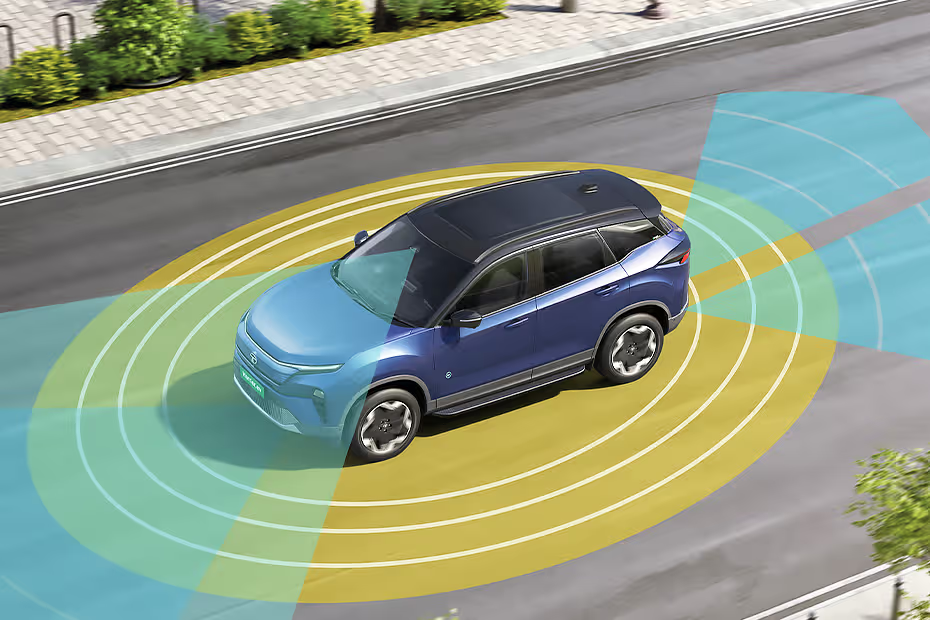
6. Market Positioning and Competition
The Tata Harrier EV will be positioned as a premium electric SUV, aimed at urban families and tech-savvy buyers looking for a stylish, powerful, and eco-conscious vehicle. It will likely be priced between ₹30–35 lakhs (ex-showroom).
Its key competitors will include:
- Mahindra XUV.e8 (XUV700 EV) – Mahindra’s upcoming premium EV SUV
- BYD Atto 3 – Already on sale in India, known for its tech and range
- MG ZS EV (top variant) – Slightly smaller, but offers strong value
- Hyundai Kona Electric (next-gen) – Expected to launch soon with better range and features
In this competitive field, the Harrier EV will have a strong advantage due to local manufacturing, aggressive pricing, and Tata’s growing EV ecosystem, including charging infrastructure (Tata Power) and financing/ownership benefits (Tata.ev ecosystem).
7. Tata’s Vision for EVs
Tata Motors has been vocal about its three-generation EV strategy:
- Gen 1: ICE-to-EV conversions (e.g., Nexon EV)
- Gen 2: Dedicated EV platforms adapted from ICE (e.g., Harrier EV)
- Gen 3: Ground-up born-electric platforms (e.g., Tata Avinya, Tata Curvv EV)
The Harrier EV represents the middle phase, offering a balance between engineering feasibility and future-readiness. With this model, Tata aims to democratize premium EV ownership in India, while continuing to scale up its ecosystem of service centers, battery recycling, and EV charging.
